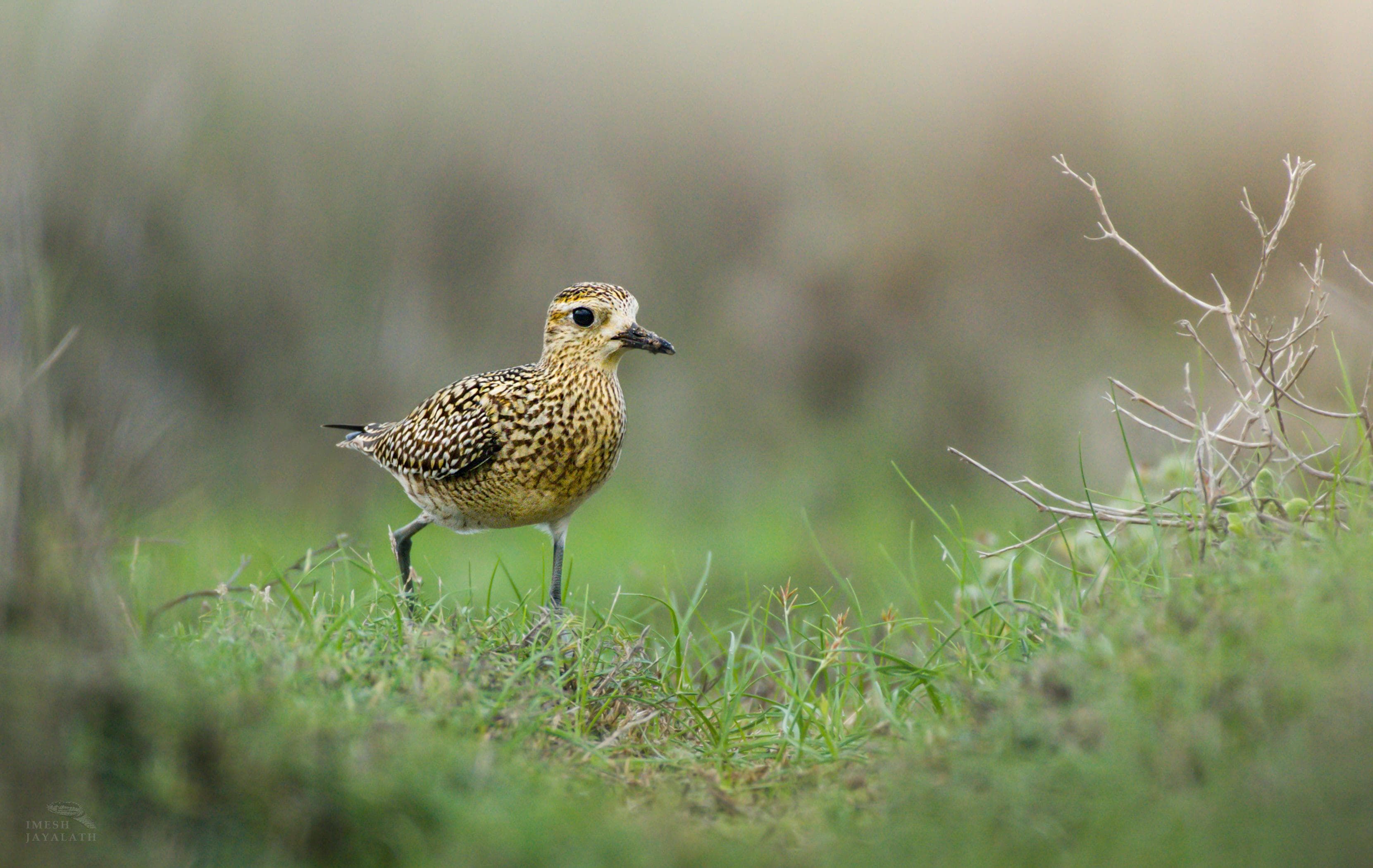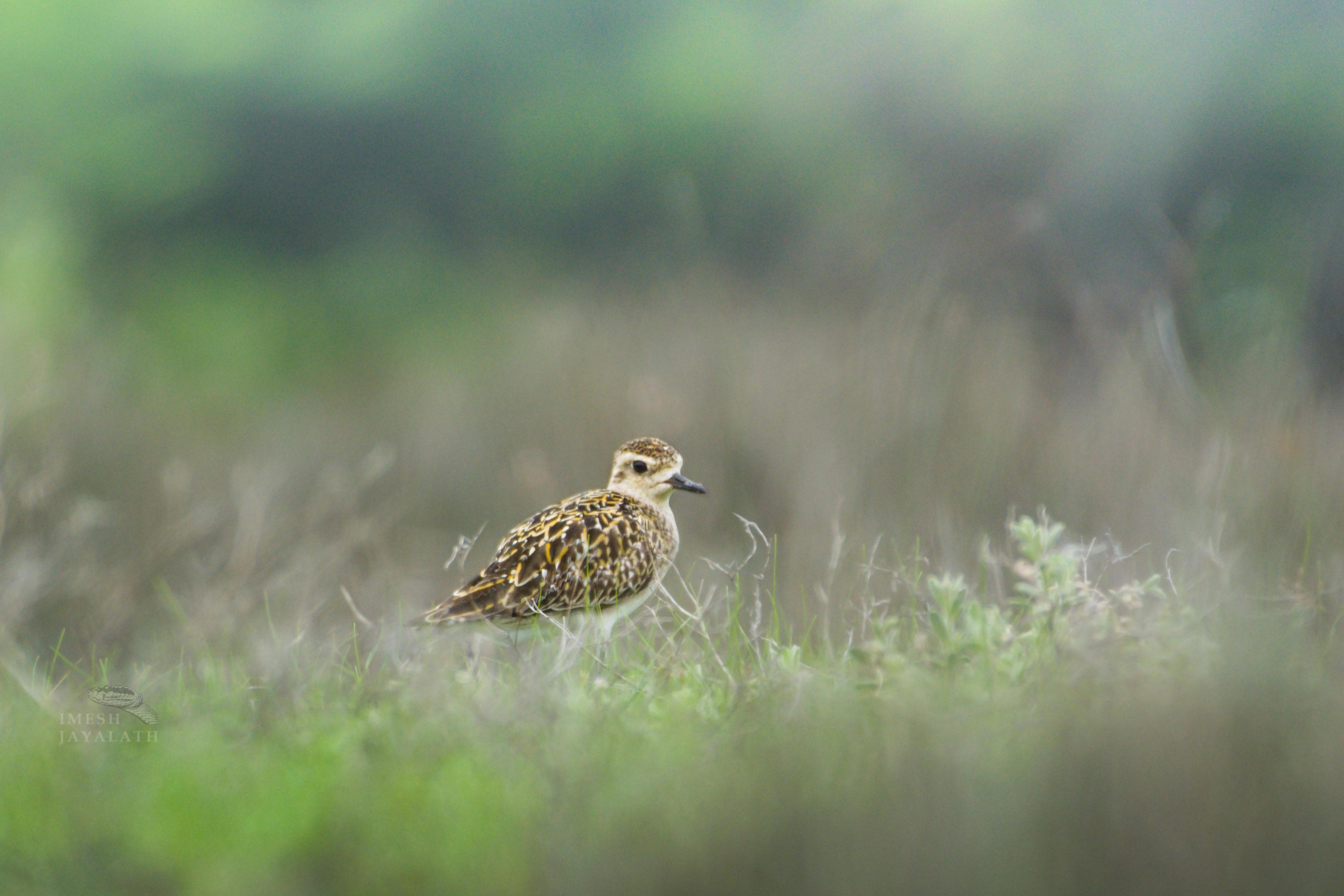
Contributor

Pacific golden plover
The Pacific golden plover is a medium-sized migratory shorebird known for its striking golden-spangled plumage, especially in breeding season when males display black faces and bellies bordered with white. It breeds in the Arctic tundra of Alaska and Siberia and migrates to Southeast Asia, Australia, New Zealand, and Pacific islands like Hawai‘i for winter. These birds can fly over 3,000 miles nonstop, usually at altitudes between 3,000 and 16,000 feet.

Pacific golden plover
Though a shorebird, it often feeds inland in open areas with short vegetation, using a run-stop-peck style to hunt insects, spiders, small reptiles, and berries. In Hawai‘i, where they are called kōlea, these birds are well-known for returning to the same territories parks, rooftops, and even backyards year after year. Some birds have become tame and are even named by local people. The oldest recorded kōlea lived over 21 years.

Pacific golden plover
During breeding, males prepare ground nests from moss and lichen. Females lay four eggs, and both parents share the duties of incubation and care. Chicks hatch covered in golden and black down, quickly leaving the nest to forage. While globally listed as Least Concern, the species faces a decreasing population trend due to habitat loss and the effects of climate change.